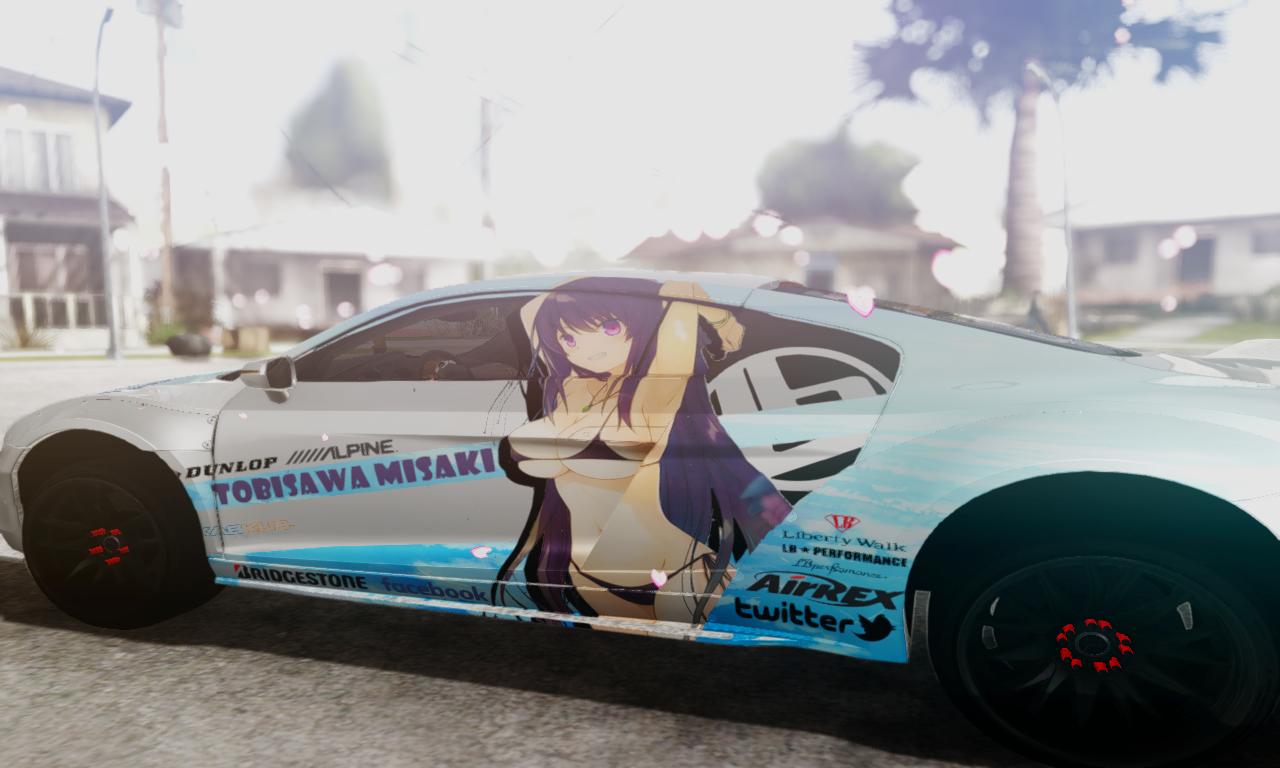"It is not by sending his awareness out beyond the natural world that the shaman makes contact with the purveyors of life and health, nor by journeying into his personal psyche; rather, it is by propelling his awareness laterally, outward into the depths of a landscape at once both sensuous and psychological, the living dream that we share with the soaring hawk, the spider, and the stone silently sprouting lichens on its coarse surface."
David Abram,author of The Spell of the Sensuous
This is Part III of a multi-part essay telling you about my own personal experience with osteoporosis.
Part III : The "Whole"
I knew from the start that I wanted to be informed about, and involved in, every aspect of testing, diagnosis, and the development of a treatment plan for my osteoporosis. Anyone can choose to do this, if she or he is willing and able to put in the time and attention. It was somewhat easier for me because of my medical training but I still struggled and I knew it was important to get the expert help of specialists. The specialists were allies in unknown territory for me. I rounded up the best I could find. I put together my own team to go up against this disease that was my new adversary.
The fourth endocrinologist that I contacted (I found out later) was the "Godfather" of osteoporosis. A doctor world renown for his expertise in osteoporosis and who ended up being not just an amazing doctor to me but also my mentor. I also saw several additional orthopedists because I not only had osteoporosis but my hip pain persisted beyond the time when the micro-fractures should have healed.
While the specialists gave me useful information (especially the endocrinologist) it could be frustrating to try to communicate with them. The very focus that made them experts in their fields seemed to give them a kind of blindness. It was as if they could only see from one point of view, the view given them by their specialty. To me it made sense not to confine my vision to one viewpoint, but to consider my body as a whole. After having been active all my life, I was not used to being shut down physically. Now I had two chronic disorders at once, the hip pain and the bone loss. This got me thinking--could there be a connection between the two? Not that one was necessarily causing the other--the micro-fractures and osteoporosis, yes, but the persistent hip inflammation and severe bone loss?...well...could THEY be from the same underlying mechanism? Could these two entities be caused by the same "poison in the water"?
I put this question to the different specialists I was seeing: a new orthopedist and his in-residency assistant at Boston General Hospital, and also to the endocrinologist at UConn Center for Osteoporosis. But each of them just looked through the eyes of his own specialty. The two orthopedists thought only in terms of bones and joints, focusing totally on the hip inflammation. They ruled out arthritis and Lyme disease, and never once mentioned the word osteoporosis and certainly didn't consider the possibility that there could be a deeper connection between the two entities on the biochemical or body systems level. The endocrinologist thought only about hormonal and metabolic disease processes within the organs that can cause a loss of bone density. He never thought to look at the persistent inflammation in the hip for any clues that might help him find the reason for the osteoporosis.
Like race horses wearing blinkers, if it wasn't right in front of them, if it wasn't in their specialty, then it didn't exist. My suggestion of a possible underlying condition contributing both to the lingering inflammation in the hip and the systemic osteoporosis would have involved crossing lines between specialties. Their minds just could not do that. Modern Western medicine is so bound up in its own laws of associating particular symptoms with particular disease conditions and commonly associated causal factors, that physicians often resist considering any alternate possibilities of connection.
The problem with how the specialists looked at things seemed to be a case of hyper-focus. But when you are looking at your own predicament and trying to find answers, immediate answers, it goes beyond hyper-focus, it goes into desperation. Having that feeling of desperation and focusing too intensely in your effort to find an answer can, and usually does, interfere with your ability to see something that is right in front of you.
Caught in a crisis, desperate for solutions -- solutions now--
I began to see that the trail to recovery would be long. That those moments when I had stood with the two initial orthopedic surgeons looking at the dark x-ray of my hip, that I was standing at the beginning of a long trail through difficult terrain that might (and did) extend for years. Academically speaking, the trail was choked with a tangle of medical information that was hard to decipher. But even more difficult was the psychological challenge of this boulder strewn trail; one where I would stumble and curse through multiple fragility fractures--twelve over the next five years.
...to be continued...
"The effects of any serious disease ripple throughout our bodies, throughout our lives--throughout everything we think of as the self."
Crucibles of Will

























